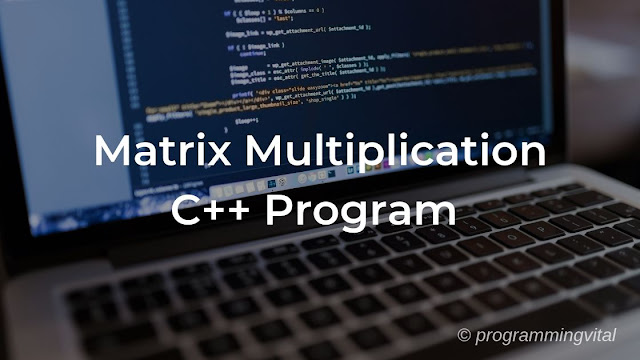Calculator
An electronic calculator is typically a portable electronic
device used to perform calculations, ranging from basic arithmetic to complex
mathematics. Calculators are widely used device nowadays. Calculators are used
to everyone in daily life. A simple calculator can be made using a C++ program
which can perform addition, subtraction, multiplication division and power
Operation. It takes two operands entered by the user. The switch and break
statements are used to create a calculator.
Logic to make Simple Calculator Program in C++
- Input numbers along with operator
- Use switch statement to check for operator and execute respective case.
- Store Result in a variable and display it.
Write a program to make simple calculator in C++ which add, subtract, multiply,
divide or take power.
// C++ Program to make simple calculator
#include <iostream>
#include <conio.h>
using namespace std;
int main() {
int
a,b,sum,i,sum1,P;
char
op;
cout
<< "Calculator (+,-,*,/,^)"<<endl;
cout<<"Enter
Expression: ";
cin>>a>>op>>b;
switch(op)
{
case'+':
sum=a+b;
break;
case'-':
sum=a-b;
break;
case'*':
sum=a*b;
break;
case'/':
sum=a/b;
break;
case'^':
P=a;
for(i=1;
i<b; i++) {
sum=(a*P);
P=P*a;
}
break;
default:
break;
}
cout<<"Answer
is: "<<sum<<endl;
_getch();
}
Calculator (+,-,*,/,^)
Enter Expression: 2*3
Answer is: 6
Calculator (+,-,*,/,^)
Enter Expression: 2^3
Answer is: 8
Calculator (+,-,*,/,^)
Enter Expression: 4/2
Answer is: 2






